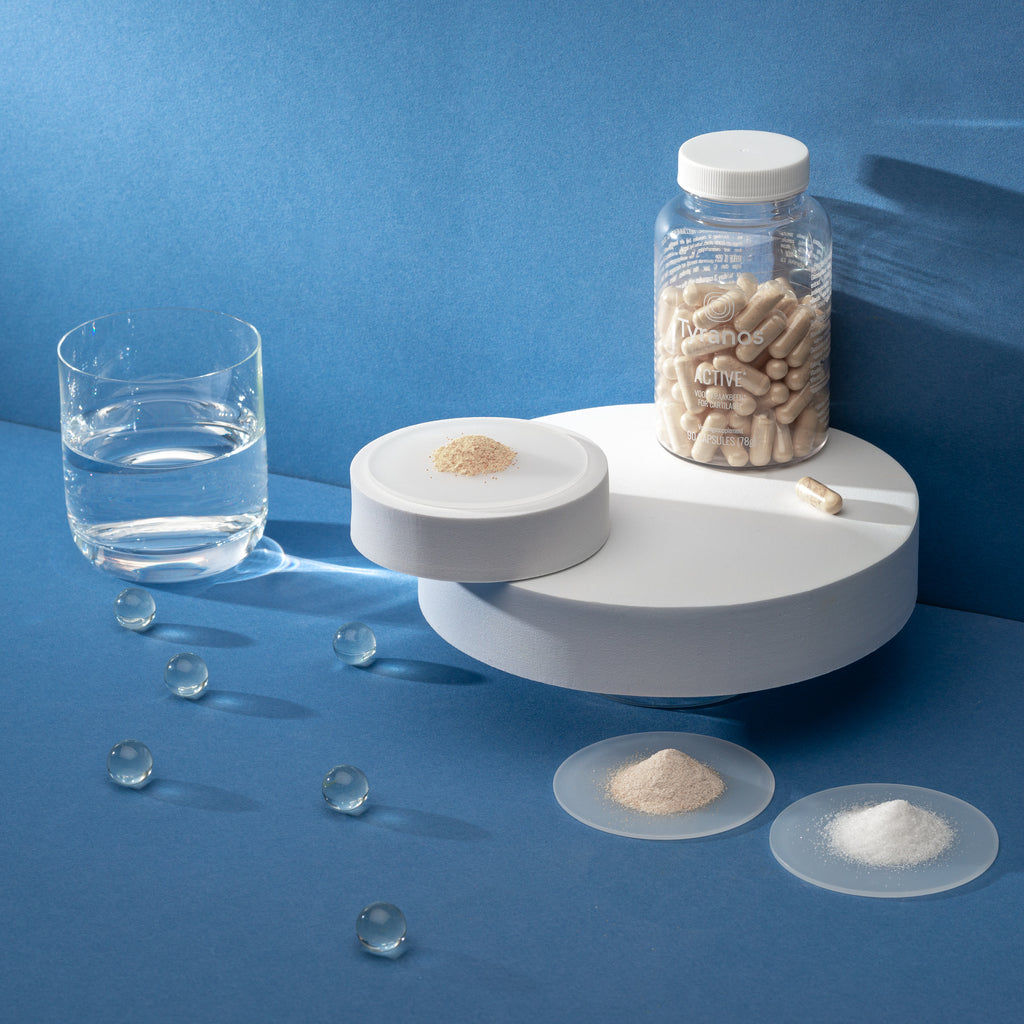Osteoarthritis is a common disorder of the joints. It is most common in people over the age of 45, but younger adults can develop it as well.
It can affect any joint in the body. Usually it is the joints that bear most of our weight, such as the knees and hips. Joints that we use a lot in daily life, such as the joints of the hands, are also often affected.
A joint is the place where two or more bones meet. In a healthy joint, cartilage covers the surface of the bones and helps the bones move without touching.
When a joint develops osteoarthritis, some of the cartilage becomes thinner and the surface becomes rougher. This means the joint doesn't move as smoothly as it should. If the cartilage becomes very worn, the bones may begin to rub against each other and eventually wear away.
When cartilage becomes worn or damaged, all the tissues inside the joint become more active than normal. Experts in osteoarthritis often use the term "wear and tear and repair" to describe these processes. The repair processes that are initiated can change the structure of the joint, but often leave the joint working normally and without pain.
Almost all of us will develop osteoarthritis in some joints as we age, but it does not always cause pain and we are often not aware of it.
However, the repair processes don't always work as well and changes in the joint structure can sometimes lead to symptoms such as pain, swelling or difficulty moving.
For example:
- Extra bone may form at the edges of the joint. These extra pieces of bone are called osteophytes and can sometimes restrict movement or rub against other tissues. In some joints, especially the finger joints, these may be visible as firm, lumpy swellings.
- The rim of the joint capsule, called the synovium, may thicken and produce more fluid
than normal, causing the joint to swell.
- Tissues that surround the joint and help support it may become irritated so the joint becomes less stable over time.

